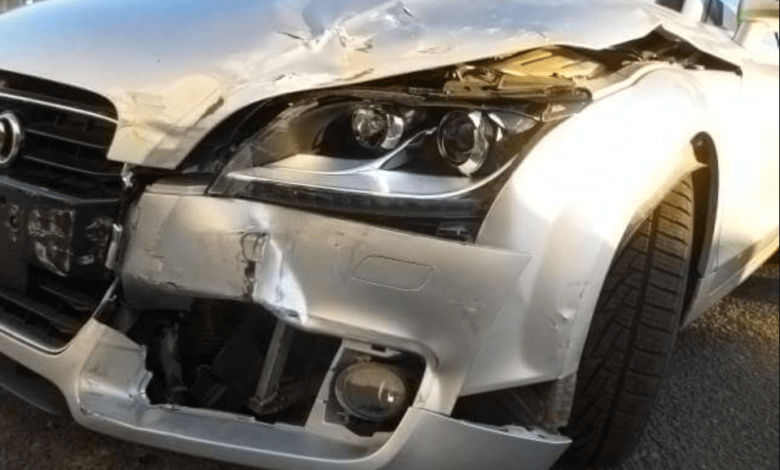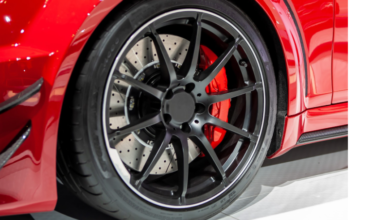
In the fast-paced world of automobiles, the humble car bumper often takes center stage in discussions surrounding safety, aesthetics, and compliance. As we navigate through the labyrinth of regulations and design considerations, the question emerges: do you have to have a bumper on your car?
I. Introduction
A. Importance of Car Bumpers
Car bumpers are not merely cosmetic additions to your vehicle; they serve a vital role in safeguarding both the driver and pedestrians. Understanding their significance goes beyond mere aesthetics.
B. Legal Requirements
Digging into the legal landscape, we explore the mandatory nature of having a bumper on your car and the repercussions of non-compliance.
II. Functions of Car Bumpers
A. Crash Protection
Delving into the core purpose, we dissect how bumpers act as the first line of defense during collisions, mitigating damage and ensuring occupant safety.
B. Pedestrian Safety
Bumpers extend their protective reach beyond the vehicle, contributing to pedestrian safety. We uncover the nuances of this often overlooked aspect.
III. Types of Bumpers
A. Traditional Bumpers
Tracing the evolution of bumpers, we revisit traditional designs and their efficacy in different scenarios.
B. Modern Bumpers
In the era of advanced materials and design philosophies, modern bumpers take center stage. We explore their innovation and efficiency.
IV. Bumper Material Matters
A. Steel Bumpers
Analyzing the classic choice of steel bumpers, we weigh their advantages and drawbacks in the contemporary automotive landscape.
B. Plastic Bumpers
With a surge in popularity, plastic bumpers bring a different set of benefits and challenges. We unpack the intricacies of this lightweight alternative.
V. Regulations and Compliance
A. Government Standards
Navigating the complex web of governmental regulations, we elucidate the standards that dictate the design and installation of car bumpers.
B. Impact on Insurance
Bumpers aren’t just a legal requirement; they influence your insurance coverage. We examine how compliance affects your coverage and premiums.
VI. Pros and Cons
A. Advantages of Having a Bumper
Highlighting the positive aspects, we showcase why having a bumper is not just a legal obligation but a practical necessity.
B. Disadvantages and Concerns
In a balanced exploration, we also address the concerns and potential drawbacks associated with having a bumper on your car.
VII. Repair and Replacement
A. DIY Fixes
For the hands-on enthusiasts, we offer insights into common DIY solutions for bumper repairs and maintenance.
B. Professional Repair Options
When the damage goes beyond a DIY fix, we delve into the professional avenues available for bumper repair and replacement.
VIII. Aftermarket Bumpers
A. Customization Options
Exploring the realm of aftermarket bumpers, we discuss how customization can transform both the aesthetics and functionality of your vehicle.
B. Impact on Resale Value
Investigating the financial implications, we evaluate how aftermarket bumpers can influence the resale value of your car.
IX. Environmental Impact
A. Sustainability in Bumper Design
With a growing focus on sustainability, we analyze the eco-friendliness of bumper materials and manufacturing processes.
B. Recycling Challenges
However, the path to sustainability isn’t without hurdles. We shed light on the challenges of recycling car bumpers.
X. Future Trends in Bumper Design
A. Technological Integration
We explore how futuristic features are finding their way into bumper design.
B. Adaptive Bumpers
Adaptability is the name of the game. We uncover how bumpers are evolving to respond dynamically to different driving conditions.
XI. The Aesthetics Factor
A. Design Trends
Beyond functionality, aesthetics play a crucial role. We dissect the current design trends shaping the look of car bumpers.
B. Personalization Choices
For those who seek a personal touch, we discuss the options available for customizing your bumper to reflect your style.
XII. Maintenance Tips
A. Cleaning and Care
Preserving the longevity of your bumper requires proper maintenance. We provide practical tips for cleaning and care.
B. Inspection Guidelines
We outline the guidelines for bumper inspections.
XIII. Real-life Scenarios
A. Bumper Success Stories
Sharing anecdotes of real-life incidents where bumpers played a crucial role in preventing severe damage.
B. Accidents Without Bumpers
Contrasting scenarios bring to light the potential consequences of driving without a bumper.
XIV. Consumer Insights
A. Survey Results
Drawing on surveys and consumer feedback, we unravel the perceptions and expectations surrounding car bumpers.
B. Common Misconceptions
Addressing prevalent misconceptions, we clarify doubts and provide accurate information about car bumpers. Read more…
XV. Conclusion
A. Recap of Key Points
Summarizing the journey, we revisit the critical aspects of having a bumper on your car.
B. Final Thoughts
In a parting reflection, we offer insights into the holistic significance of car bumpers in the realm of automotive safety and design.
FAQs
Is it illegal to drive without a bumper?
- Driving without a bumper can violate legal regulations, and it may impact your safety and insurance coverage.
Can I replace my bumper with an aftermarket one?
- Yes, you can replace your bumper with an aftermarket option, but consider its impact on both aesthetics and resale value.
Do all cars have the same type of bumpers?
- No, different cars may have various bumper designs based on their make, model, and manufacturing standards.
Are steel bumpers better than plastic ones?
- Both steel and plastic bumpers have their advantages and drawbacks; the choice depends on your preferences and driving needs.
How often should I inspect my car bumper?
- Regular inspections are recommended, especially after collisions, to identify and address any damage promptly.




